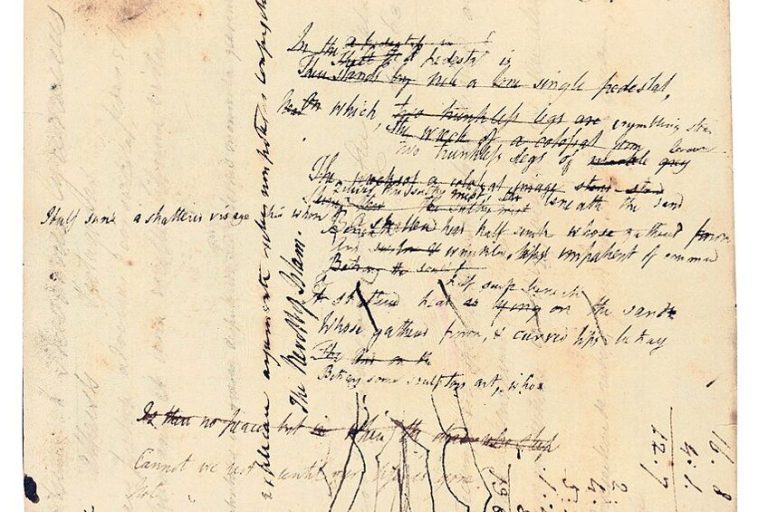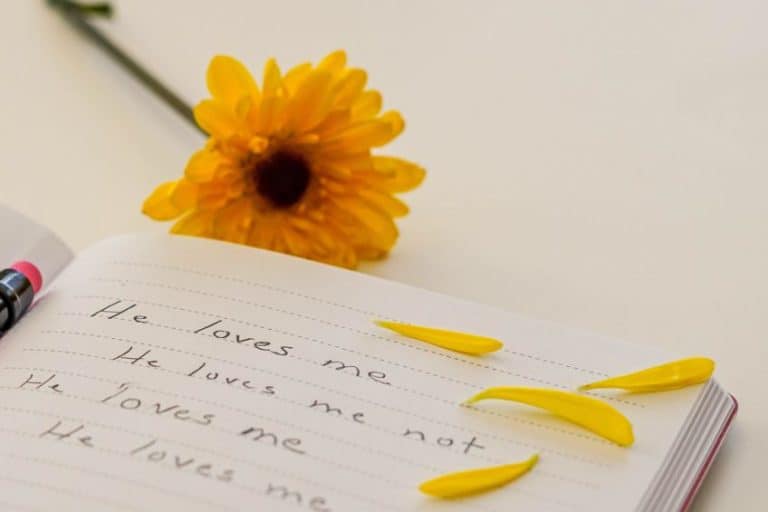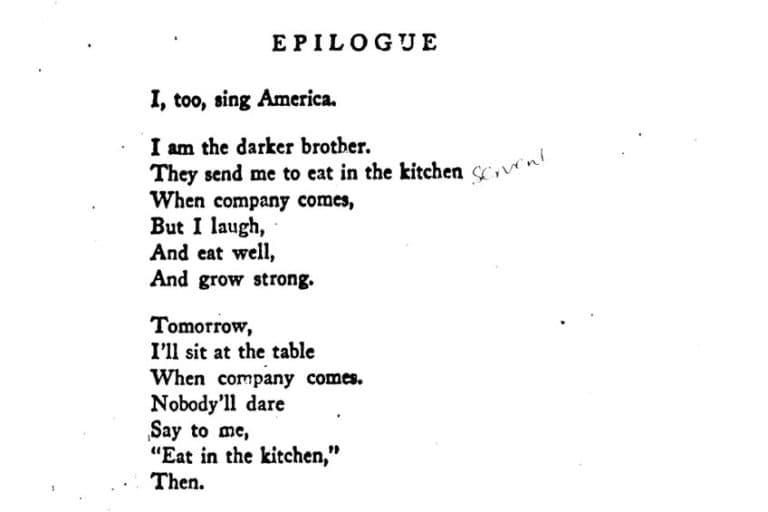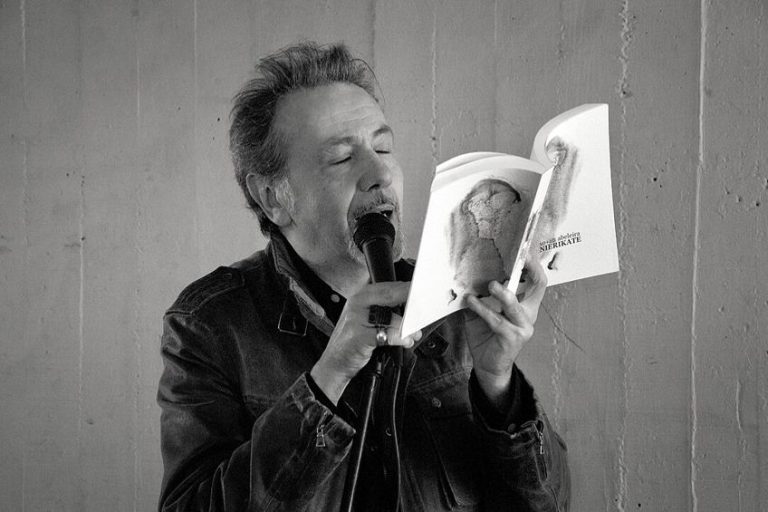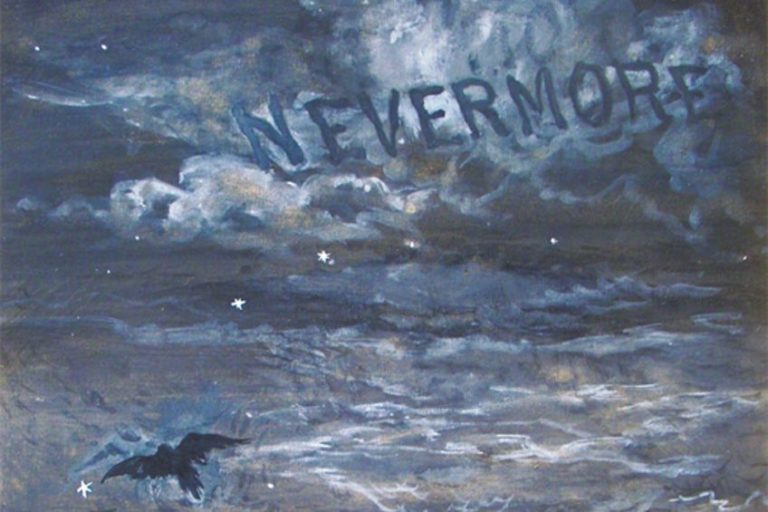Consonance in Poetry – A Literary Device to Create Rhythm
What is consonance in poetry? That will be our focus for what we wish to discuss today. We will look at how consonance is used in poetry, what effects it produces, the differences between consonance and similar literary devices, and a number of examples of consonance in poetry. If this seems like something you would like, then we should get started and see what we can learn about consonance poems and everything about them.
A Look at Consonance in Poetry
Consonance is a literary device or technique that can be found in language, but it does not necessarily have to be in poetry. This literary device is used in quite a number of poems because of the rhythmic effects that it can produce. In basic terms, the idea of consonance is about repetition of sounds. Specifically, the repeating of consonant sounds. Now, this definition may make many immediately respond with a question like: “Wait, isn’t that alliteration?”, and this is where things may require a little more clarification that we might ordinarily require.

We will examine the specific differences between consonance and alliteration later in this article, but for now, all you need to know is that consonance is associated with consonants. They even sound like each other, and that should make it easy to remember what it is even if the specifics can become a little muddled when discussed alongside other similar literary techniques. So, let’s start off with how consonance in poetry is used in the first place.
How Consonance Is Used in Poetry
Consonance can be used in poetry for a variety of reasons. The most common things that consonance can produce in poetry are the creation of rhymes and half-rhymes, the development of tongue-twisting phrases, a heightened sense of engagement because of the inherent enjoyability of consonance in poetry, and the ability for this kind of language to heighten certain emotions in the reader.
The primary effect that is often caused by the use of consonance in poetry is the creation of a more musical general quality to the poem in question.
This poetic device can be used to great effect to better link words together by making them sound alike and therefore leading to a better general use of rhythm in the poem. In addition to this, one of the most common uses of consonance in poetry is as a means of emphasizing certain words or ideas. When words can be connected to one another to form part of a greater idea, consonance is a fantastic way of creating that connection. However, connections of this kind can be made for emphasis or contrast. For instance, the use of terms that sound alike but are otherwise different from one another, such as human attributes like being “cold” or “bold” can be juxtaposed against each other while sharing a similar sound to one another.
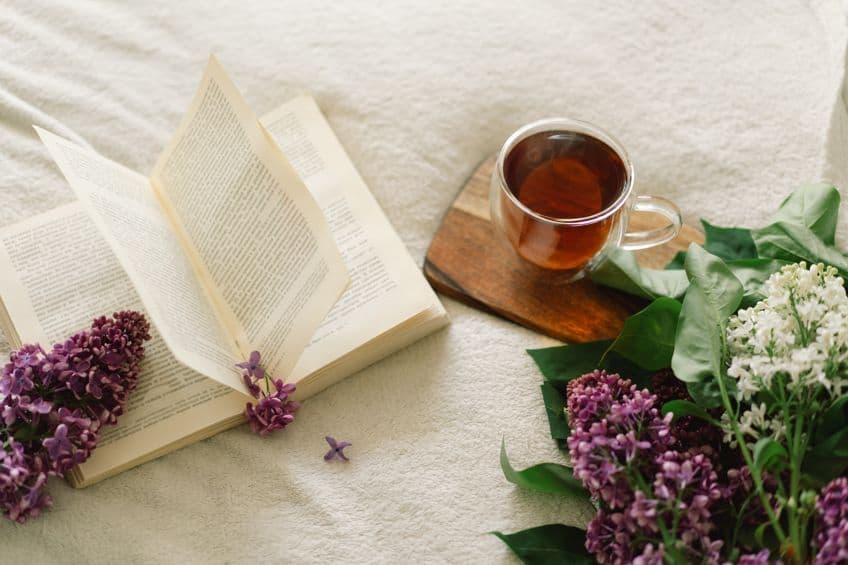
There is also, of course, the simple idea that consonance in poetry sounds nice. It simply sounds good to see a text of any kind that makes use of the same kind of sound over and over again. It is appealing to the senses, and it serves to increase the enjoyability of the poem when read. A very serious poem will likely limit the amount of consonance that can be found in the poem, but a fun and frivolous one will likely use it a lot more and for a fun effect.
Consonance Versus Alliteration Versus Assonance
Let us get to one of the more irritating aspects of this particular poetic device, and that is summarized in the question: “Why does consonance sound exactly like alliteration?”. Now, we are going to consider the similarities between consonance, alliteration, and assonance in this section. Each of these forms is quite similar to one another because they are all forms of phonetic repetition, meaning that they repeat certain sounds that are associated with words. This can be done for poetic reasons, but it can also be used in more ordinary speech if desired.
The basic idea behind consonance is that it entails the repetition of consonant sounds, as has already been mentioned. Assonance, on the other hand, entails the repetition of the opposite of consonants. Specifically, vowel sounds. There are only five vowels: a, e, i, o, and u. The remainder of the letters of the alphabet are consonants.
For this reason, there are simply more consonants than there are vowels, and so consonance is likely a lot more common than assonance.
However, that is the simple part. It is easy to define consonance and assonance in contrast to each other, but what about alliteration? Well, alliteration is also the repetition of sounds, and, once again, it is the repeating of consonant sounds. Now, this sounds exactly like consonance, and it essentially is, but the difference is quite specific if pedantic.
Alliteration involves the repetition of consonant sounds at the start of words. Consonance, on the other hand, involves a less generalized form of repetition as it entails repeating consonant sounds throughout a word. This can mean that a repeated consonant sound could be at the beginning, end, or middle of a word. This is a very specific distinction and one that also means that alliteration is technically a type of consonance.

All alliteration is, therefore, also an example of consonance, but not all consonance is an example of alliteration. The one is a broader category than the other and encompasses it. However, many confuse consonance for alliteration, and in the sense of ordinary communication, this is generally fine as we know what alliteration means in terms of consonant repetition, but in terms of the proper usage of the term, one should try one’s best not to confuse them.
Examples of Consonance in Poetry
Consonance is a very common poetic device, and as such, it can be found in numerous sources. Today, we will examine five examples of consonance in poetry to show the ways in which this poetic device can be used. There are more ways consonance can be used than are shown in these five examples.
However, these examples of consonance in poetry should give a good general overview of how this device can be used.
The Tyger (1794) by William Blake
| Date Published | 1794 |
| Type of Poem | Lyric poem |
| Rhyme Scheme | AABB |
| Meter | Tetrameter |
| Topic | Nature of god |
The Tyger is a poem by a poet who is often seen as one of the most influential and important Romantic poets, William Blake. This poem is also considered to be one of the most anthologized poems in the English language and can be found in numerous poetry collections around the world. The poem itself is concerned with the question of god, and why god allows evil to exist in the world. This is a particularly powerful and potent question to be examined in a poem.

The first and last stanzas make especially potent use of consonance in poetry. These two sections of the poem use the repetition of the word “Tyger” to produce a repetition of “t”, and it is immediately followed by “burning bright”, which is then rhymed in the next line with “night”. This leads to a combination of different consonant forms, such as the repetition of “b” and the “ight” sound that combines “bright” with “night”,
These kinds of examples of consonance in poetry can be used to establish a certain tone or to produce an image of an object for the reader to consider.
The Raven (1845) by Edgar Allen Poe
| Date Published | 1845 |
| Type of Poem | Narrative poem |
| Rhyme Scheme | ABCBBB |
| Meter | Trochaic octameter |
| Topic | Loss |
The Raven is one of the most famous poems of all time and a stunning example of consonance in poetry as well as various other rhythmic techniques. This poem is a gothic tale about a man who has lost the person he loves, and, in the dead of night, he is visited by a raven who speaks only one word to him. Even that word has a certain repetitious quality to it, as it is “nevermore”, and it is meant to be a connection to “Lenore”, the name of the person that the speaker lost.

The use of “nevermore” and “Lenore” to produce a consonant repetition, as well as a rhyme, is done to provide this particular example of consonance in poetry with a means of drawing the consonance into the meaning of the poem itself. This repetition of sounds hits the speaker over and over again as he tries to deal with the raven that has entered his home. The constant sound of a name like his beloved hammers its way into him and forces him to engage with his own incredible sense of loss.
This should be a good indication that consonance in poetry can be used for a variety of reasons and it can produce a number of different effects.
‘Out-Out–’ (1916) by Robert Frost
| Date Published | 1916 |
| Type of Poem | Narrative poem |
| Rhyme Scheme | None |
| Meter | Iambic pentameter |
| Topic | Fragility of life |
‘Out-Out–’ is a poem by the famous American poet Robert Frost, and the poem is concerned with a tragic event that was inspired by real-life events. The poem recounts the tale of a young boy who suffered a terrible accident. He cut off his own hand with a buzzsaw, and the poem discusses the way in which the combination of pain, blood loss, and shock led to his tragic death. The poem uses this terrible fate to explore ideas around death, maturity, and innocence.
The poem’s use of consonance is a persistent one, such as the repetition of consonant sounds in the very first line with the use of the “buzz saw” and “snarled”. The use of the “z” draws a similar sound to the “s” of “saw” and “snarled” to produce a powerful and alliterative image. This is continued into the second line through the use of “stove-length sticks”, and this aids in the presentation of a specific setting and the imagery associated with it.
The use of consonance in poetry can be used to fantastic effect when wanting to produce an image for the reader to become engrossed in as they read.
Dulce et Decorum Est (1920) by Wilfred Owen
| Date Published | 1920 |
| Type of Poem | War poem |
| Rhyme Scheme | Variable |
| Meter | Iambic pentameter |
| Topic | War |
Dulce et Decorum Est is one of the most famous war poems of all time, and it is also a great example of the kind of work that Wilfred Owen produced. The poet was a soldier in the First World War, and he wrote about his experiences in that war before dying shortly before the war had come to an end. The tragedy of his own life has transferred into his work, and this particular poem is concerned with the use of gas in the First World War.
To depict the ways in which the gas hits the trench that is depicted in the poem, consonance is used to produce an image, such as the use of terms like “knock-kneed” or the connection between words like “bent” and “beggar”. This consonance produces a variety of effects, such as the use of a repetition of the letter “d”, which leads to a more thudding effect than would ordinarily be used.
In this sense, a letter can be used in an onomatopoeic sense to convey a feeling that may not be easy to convey through simple language.
The Acrobats (1974) by Shel Silverstein
| Date Published | 1974 |
| Type of Poem | Humorous poem |
| Rhyme Scheme | AABBCC |
| Meter | Anapestic trimeter |
| Topic | Acrobatics |
The Acrobats is a poem that presents a whimsical display of acrobats who are performing a variety of stunts on a trapeze. The poem is not meant to be serious in any sense and is instead meant to be fun. This is in keeping with the work of the poet, Shel Silverstein, as a children’s author. This poem has become a good example of how to make use of consonance in poetry as it makes repeated use of it throughout the poem.
The use of consonance in this particular poem allows for the use of alliterative and half-rhyme qualities that help it to be an entertaining read. For instance, the use of the “z” sound that can be heard in words like “trapeze”, “please”, “sneeze”, and “breeze”. These also double as forms of rhyme as the repetitious nature of that sound also serves to produce this kind of an effect. There are also other instances of consonance in this poem that do not produce as strong an effect as they do in the above example, but the first six lines all use words that have an “n” inside them, and this adds to the rhythmic nature of the poem.
With this final example of consonance, we have examined the use of consonance in poetry in a variety of ways and in a variety of different places. We have discussed the ways it is used, what kind of effects it produces, how it differs from similar poetic devices, and a few examples of consonance in poetry. Consonance is a common feature in many poems, and it can be used in many ways for many different purposes. Are there any examples of consonance in poetry that you particularly enjoy or consider meaningful uses of this form?
Frequently Asked Questions
What Is Consonance in Poetry?
Consonance is a literary technique that refers to a type of repetition. In this case, it entails the use of consonant sounds in a repetitive arrangement. Many poems have made use of consonance in part or throughout the poem. This rhythmic technique is enjoyable to hear and adds a lot to a poem that makes use of it, especially when a poem wants to be more musical in its general presentation.
Why Is Consonance Used in Poetry?
There are many reasons for the use of consonance in poetry. Consonance poems tend to be more rhythmic and melodic, they are more musical, and have a whimsical nature to them. This technique can also be used as a means to emphasize and highlight certain parts of a poem, such as words or ideas. This technique is useful to any poet who wants to make their poem read better, and many poems that make heavy use of consonance can be very appealing to read aloud.
What Effects Are Produced by Consonance in Poetry?
Many effects can be produced through consonance. The most obvious of them all is the more musical quality that consonance provides to a poem. The heightened readability allows for better flow, and this can contribute to the meaning that the poem is attempting to present to the reader.
What Are the Most Famous Examples of Consonance in Poetry?
Some of the most famous consonance poems are those such as The Raven (1845) by Edgar Allen Poe, Dulce et Decorum Est (1920) by Wilfred Owen, and The Acrobats (1974) by Shel Silverstein. However, there are many instances of consonance in poetry, and the technique is common enough that it can be found throughout the history of poetry.
How Is Consonance Different from Alliteration?
The main sticking point for many may be that consonance and alliteration are very similar to one another. They both involve the repetition of consonant sounds in a poem. However, while alliteration refers to the repetition of consonant sounds as they might appear at the start of a word, consonance involves the same kind of repetition of sounds anywhere in a word. Consonance refers to the repetition of these sounds at the start, middle, and end of a word, and this also means that, strictly speaking, alliteration is a form of consonance.
Justin van Huyssteen is a freelance writer, novelist, and academic originally from Cape Town, South Africa. At present, he has a bachelor’s degree in English and literary theory and an honor’s degree in literary theory. He is currently working towards his master’s degree in literary theory with a focus on animal studies, critical theory, and semiotics within literature. As a novelist and freelancer, he often writes under the pen name L.C. Lupus.
Justin’s preferred literary movements include modern and postmodern literature with literary fiction and genre fiction like sci-fi, post-apocalyptic, and horror being of particular interest. His academia extends to his interest in prose and narratology. He enjoys analyzing a variety of mediums through a literary lens, such as graphic novels, film, and video games.
Justin is working for artincontext.org as an author and content writer since 2022. He is responsible for all blog posts about architecture, literature and poetry.
Learn more about Justin van Huyssteen and the Art in Context Team.
Cite this Article
Justin, van Huyssteen, “Consonance in Poetry – A Literary Device to Create Rhythm.” Art in Context. September 26, 2023. URL: https://artincontext.org/consonance-in-poetry/
van Huyssteen, J. (2023, 26 September). Consonance in Poetry – A Literary Device to Create Rhythm. Art in Context. https://artincontext.org/consonance-in-poetry/
van Huyssteen, Justin. “Consonance in Poetry – A Literary Device to Create Rhythm.” Art in Context, September 26, 2023. https://artincontext.org/consonance-in-poetry/.



